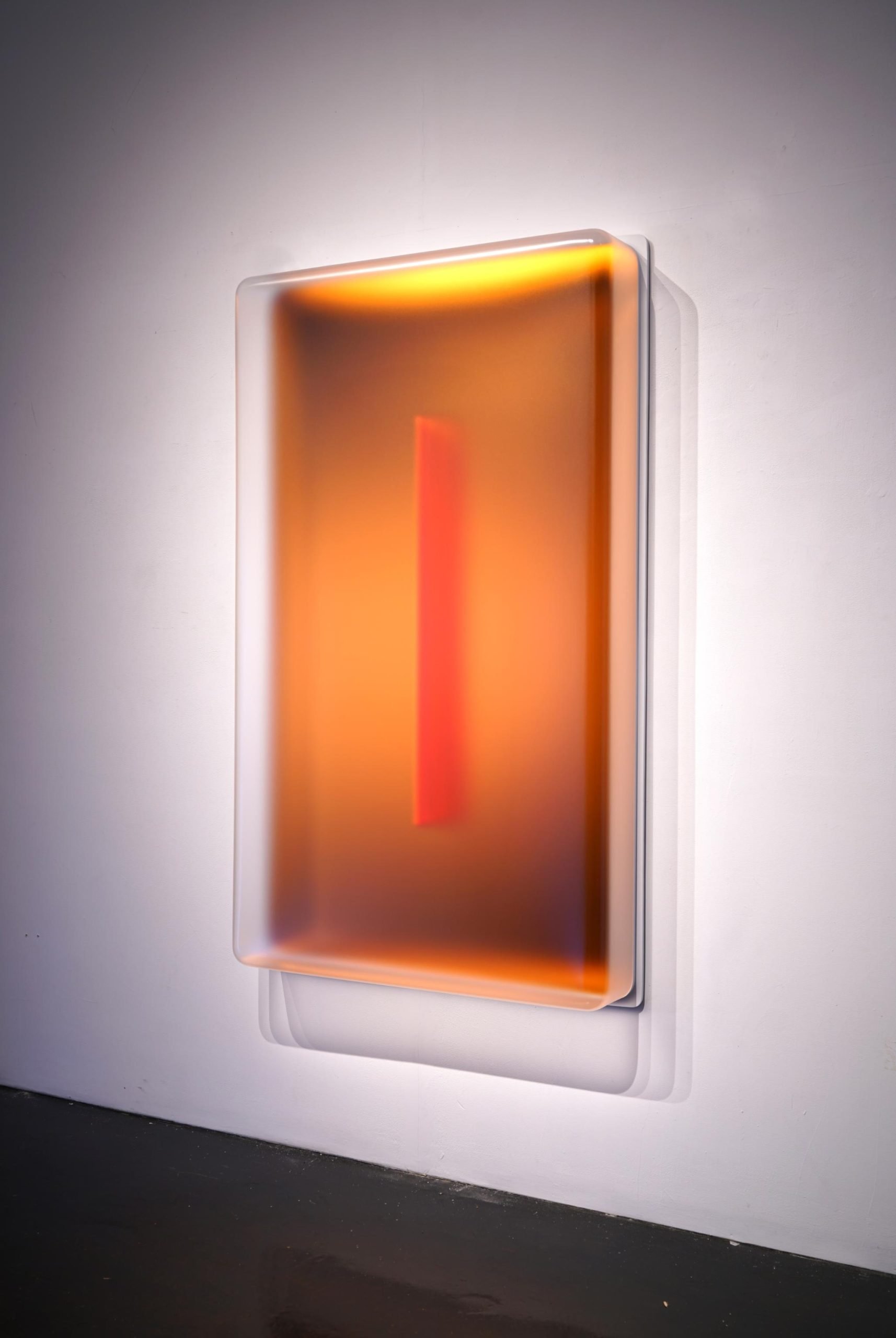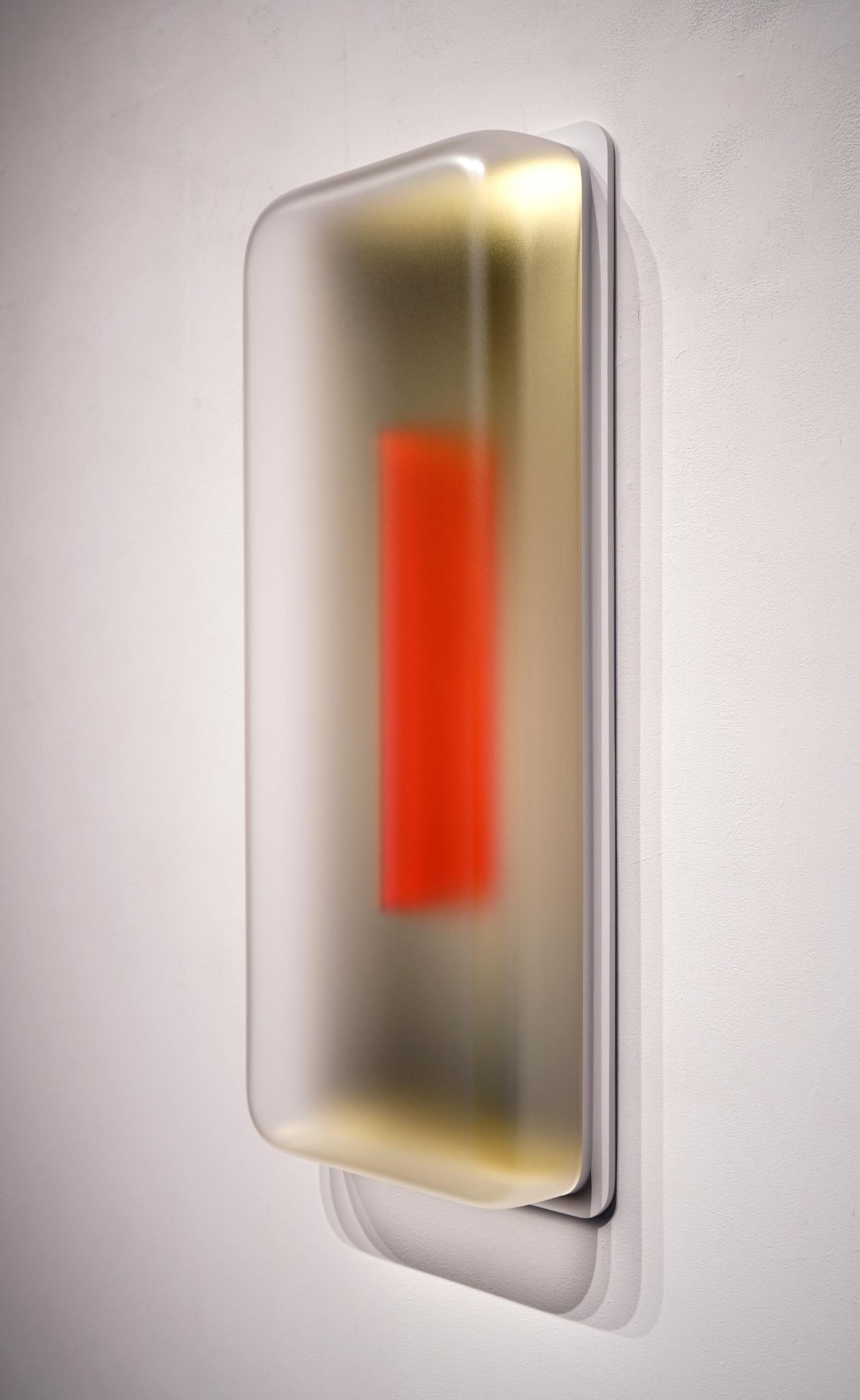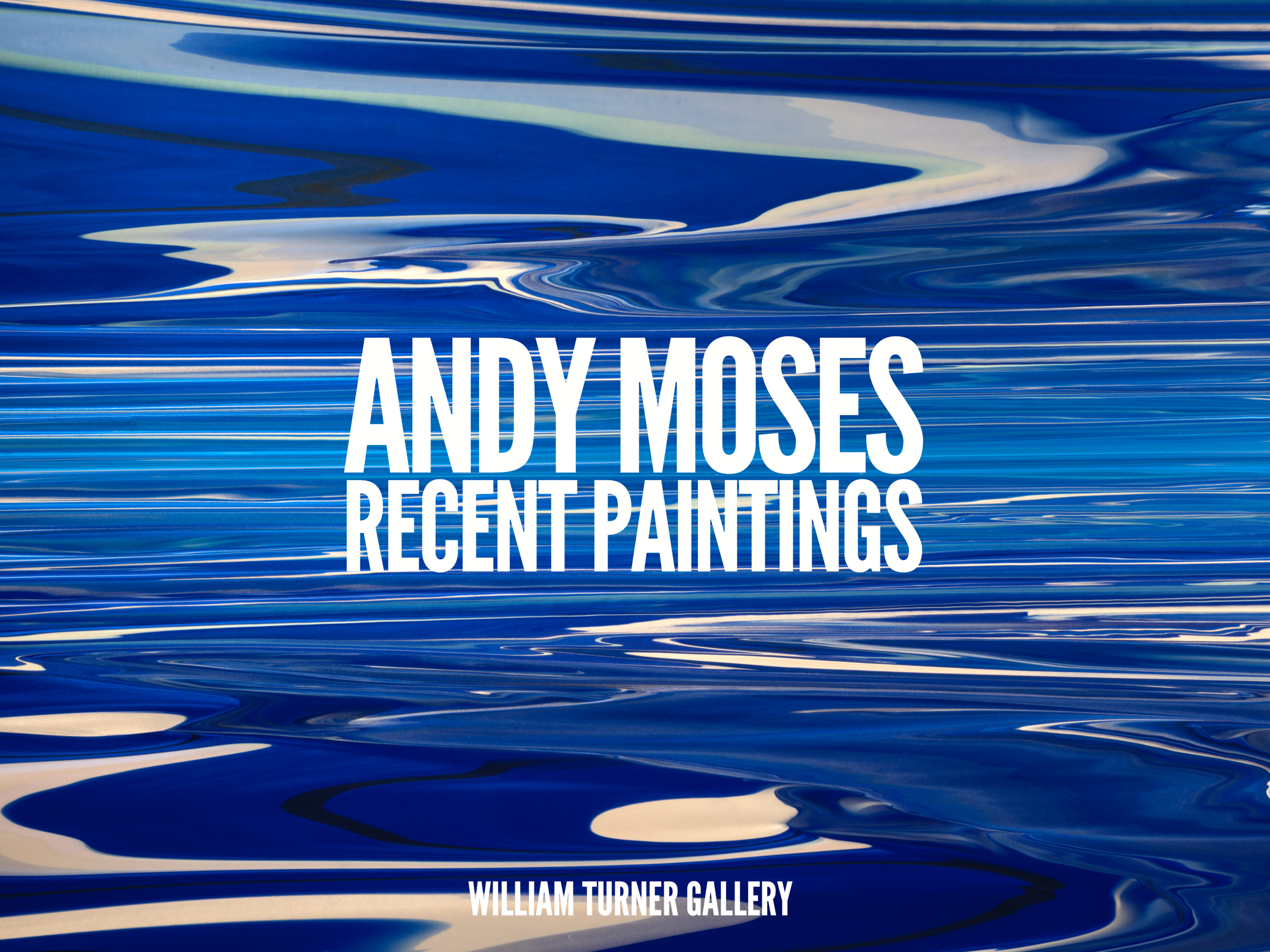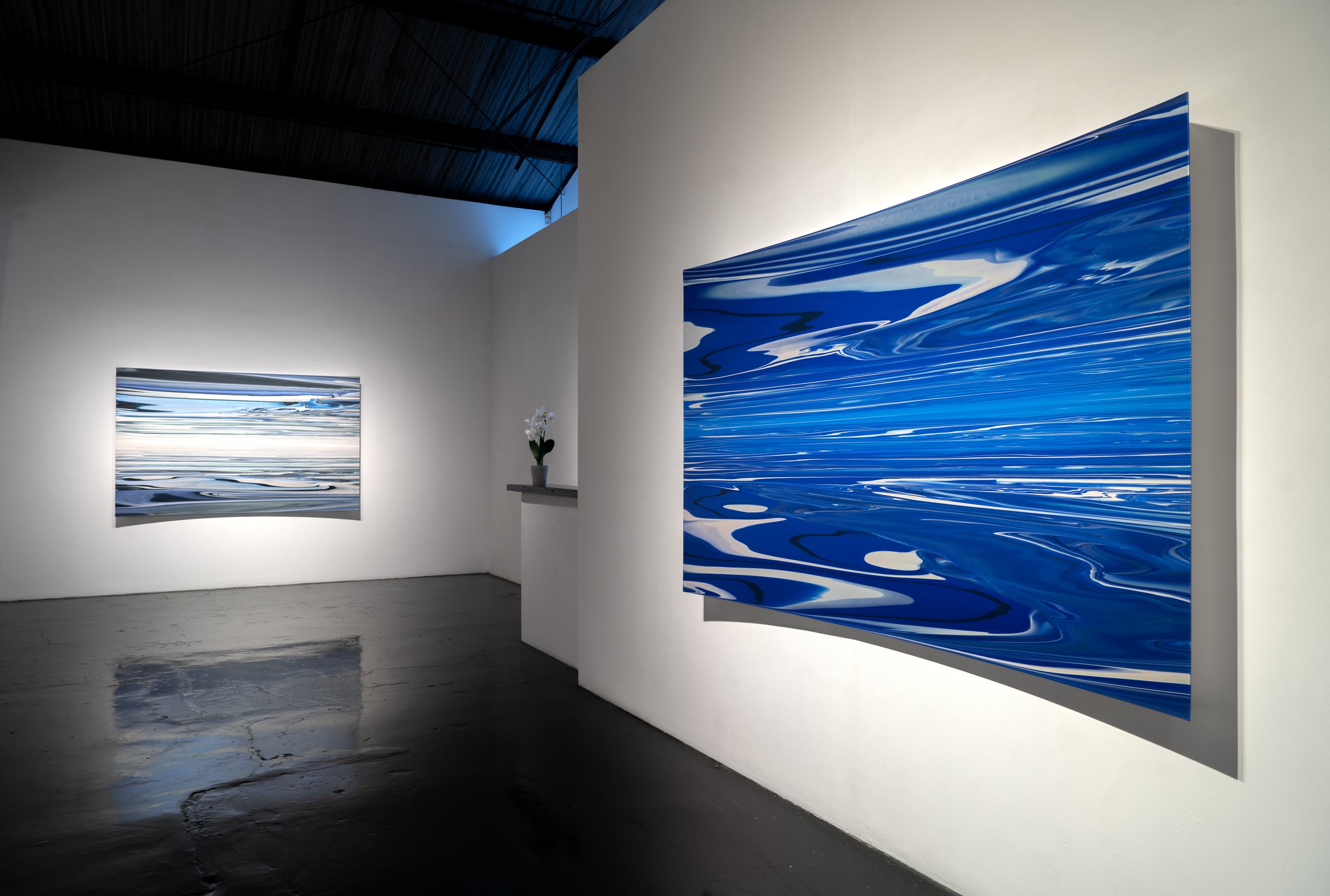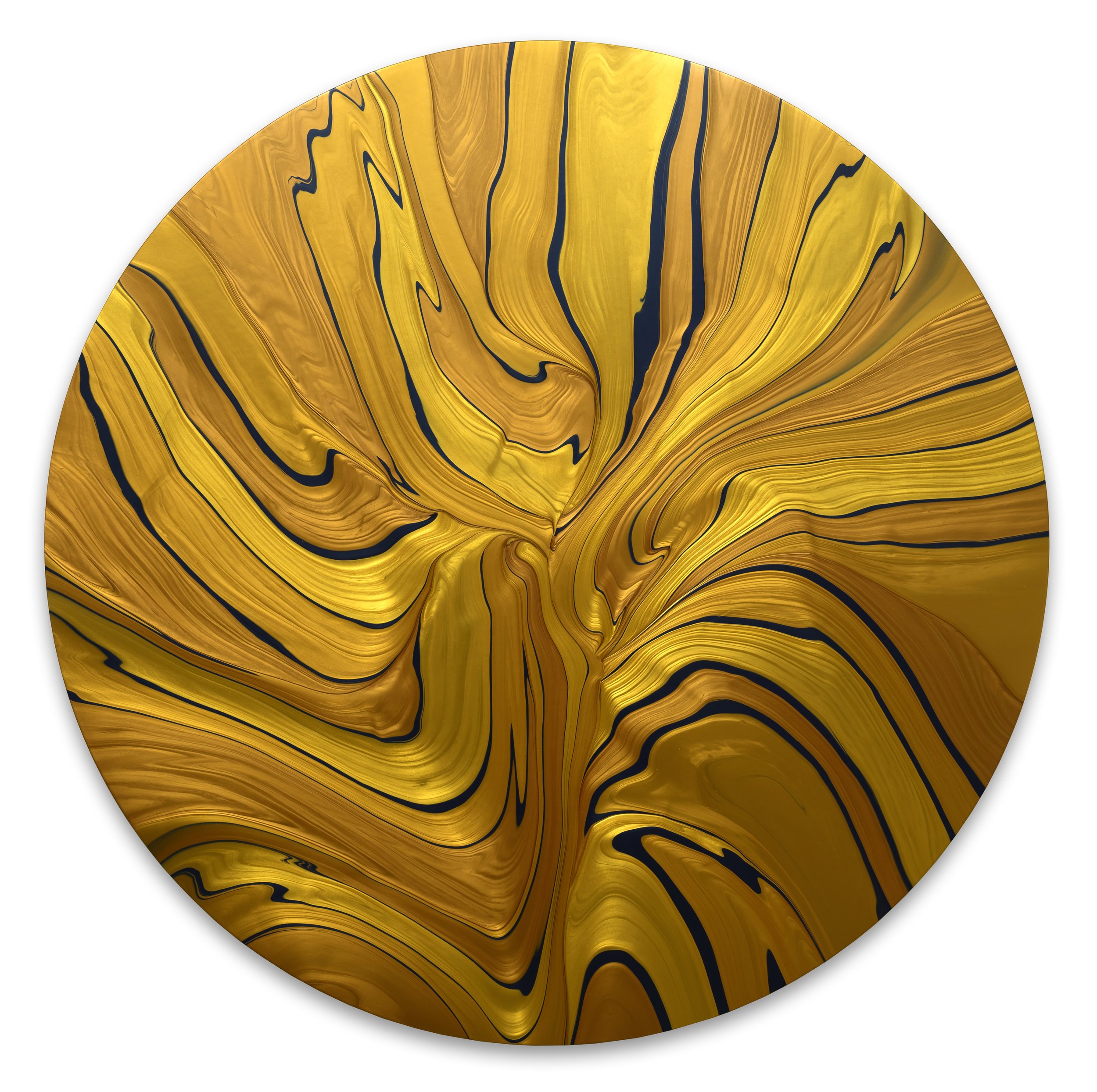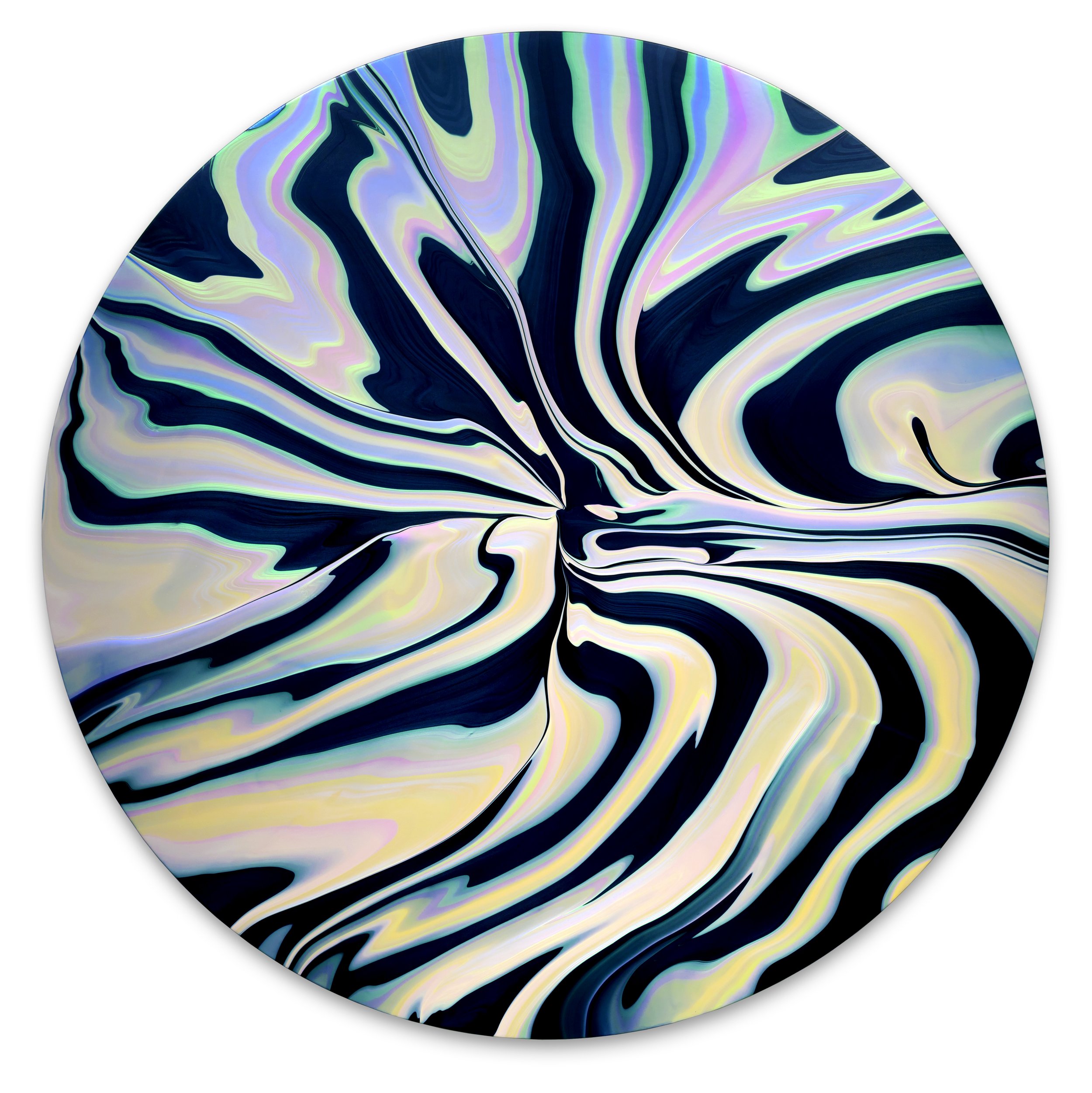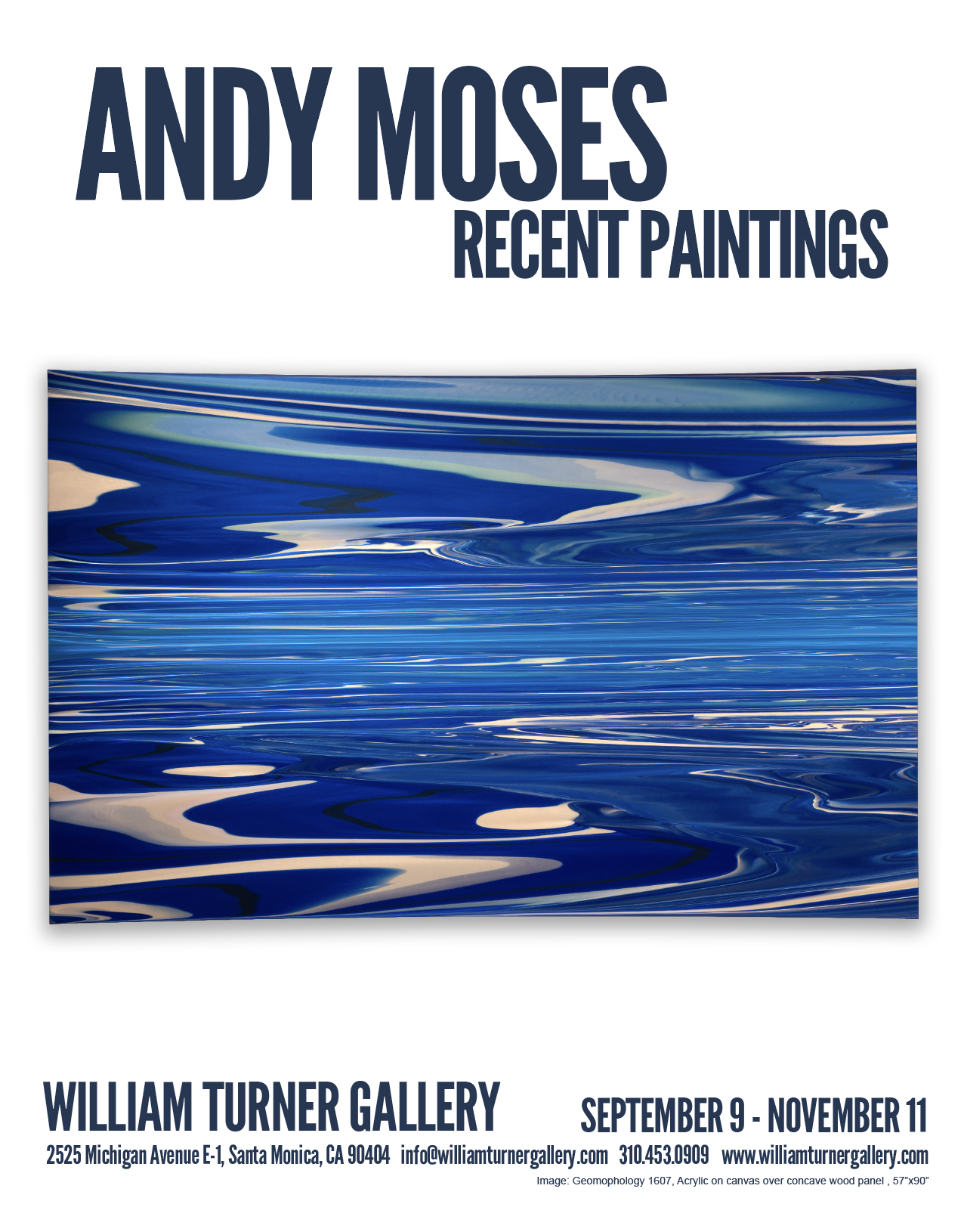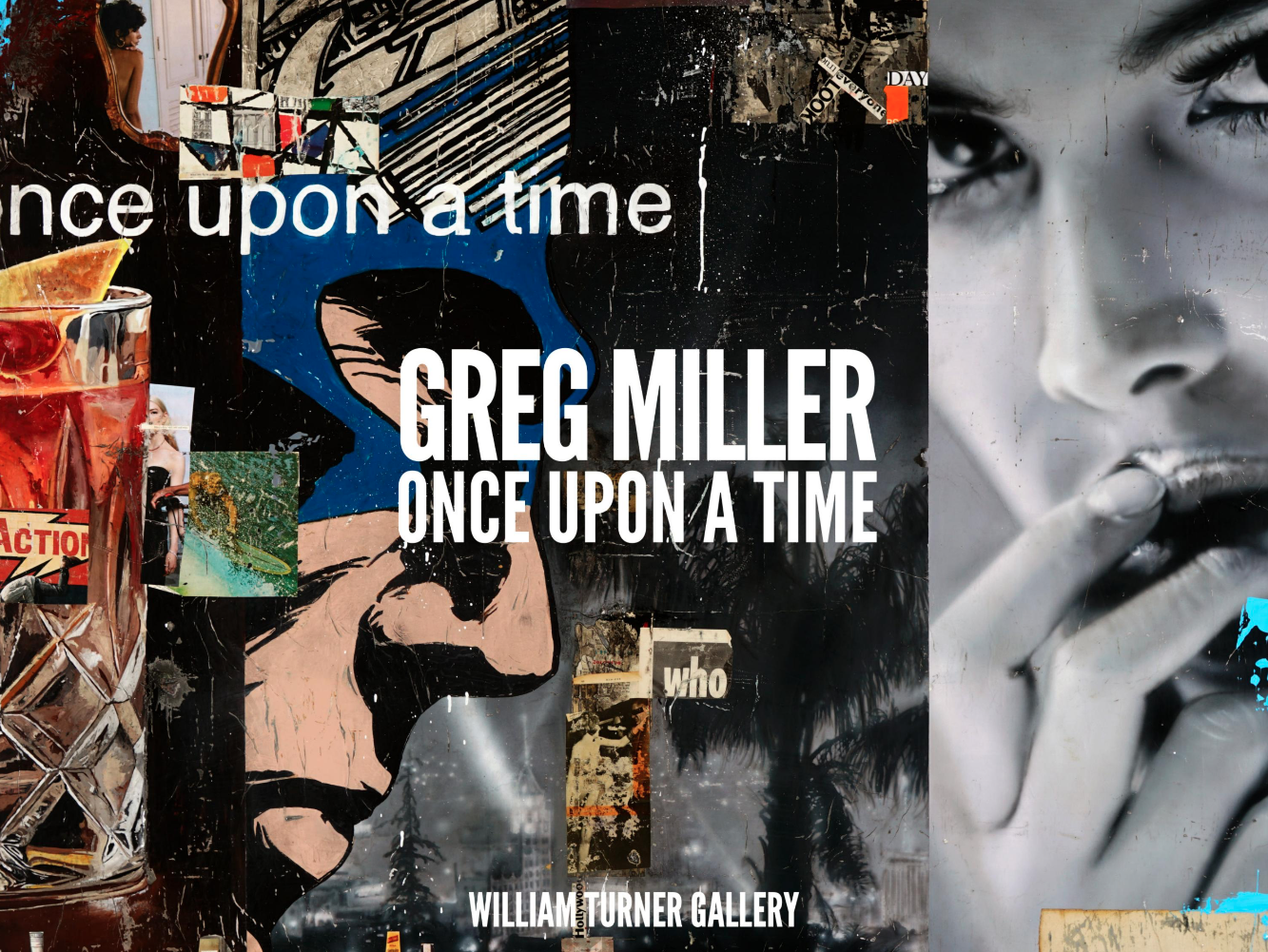LIGHT MATTER a TOP PICK by FITZ & CO
/PST ART: Art & Science Collide is now in full swing.
Now in its third edition, Pacific Standard Time in Los Angeles brings together over 800 artists, 70 exhibitions, and institutions throughout all of Southern California with one central theme: the collision of art and science. The landmark arts event brings the community together to spark meaningful conversations on today’s most urgent issues. Project topics range from climate change and environmental justice to the future of AI and alternative medicine.
“Los Angeles right now is the most creative city on earth at any time in history,” says Michael Govan, the CEO and Wallis Annenberg Director of participating museum LACMA.
Swipe through to see some of our top picks for PST ART, on view across California.
1. ‘Fred Eversley: Cylindrical Lenses’ at David Kordansky Gallery | Installation view of ‘Cylindrical Lenses,’ 2024. Image courtesy of David Kordansky Gallery.
2. ‘Lia Halloran: Night Watch’ at Luis De Jesus Los Angeles | ‘Lia Halloran: Night Watch.’ Image courtesy of Luis De Jesus Los Angeles.
3. ‘Lita Albuquerque: Earth Skin’ at Michael Kohn Gallery | Installation view of ‘Earth Skin,’ 2024. Image courtesy of Michael Kohn Gallery.
4. ‘Light Matter’ at William Turner Gallery | Casper Brindle, “Cuboid 4,” pigmented acrylic, 36 x 15 x 15 inches. Image courtesy of William Turner Gallery.
5. 'Los Angeles Water School (LAWS)' at Morán Morán | Installation view of ‘Los Angeles Water School (LAWS), 2024. Image courtesy of Morán Morán.
6. ‘Max Hooper Schneider - The Unknown Masterpiece’ at the Virginia Robinson Gardens. Presented by Del Vaz Projects, Francois Ghebaly Gallery, and Marc Selwyn Fine Art | Robinson Gardens Pool Pavilion. Image courtesy of Robinson Gardens.
7. ‘Shirazeh Houshiary: The Sound of One Hand’ at Lisson Gallery | Shirazeh Houshiary, “Aurora,” 2023, Pigment and pencil on Aquacryl on canvas and aluminum, 190 x 190 x 5 cm, © Shirazeh Houshiary, courtesy Lisson Gallery.
8. ‘Helen Lundeberg: Inner/Outer Space’ at Louis Stern Fine Arts | Helen Lundeberg, “Cloud Shadows,’ 1966. Acrylic on canvas, 153 x 152.4 cm, courtesy of Louis Stern Fine Arts.
About Fitz & CO…
A growing global footprint continues to make FITZ & CO. a serious player for arty clients with worldwide profiles. About to enter its 25th year, Sara Fitzmaurice’s 20-person agency still reps Art Basel; Gagosian; Storm King Art Center; and brands like BMW and eBay, for whom FITZ & CO. builds artist partnerships. Equinox just tapped the firm to get closer to (real) art/culture influencers, and Mastercard engaged FITZ & CO to extend its Priceless campaign into the cultural sphere. Also in the agency’s collection: ultra-blue-chip international gallery Almine Rech; Dubai’s Alserkal Avenue arts/culture district; Denmark’s ARoS Aarhus Art Museum; ART021 Shanghai Contemporary Art Fair; and the Faurschou Foundation, which operates spaces in Copenhagen, Beijing and NYC.
















